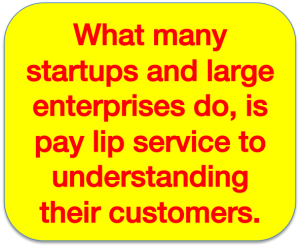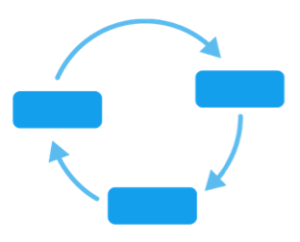The top reason? They make products no one wants.
CB Insights parsed 101 post-mortem essays by startup founders in 2014 to pinpoint the reasons they believe their company failed. On Thursday the company crunched the numbers to reveal that the number-one reason for failure, cited by 42% of polled startups, is the lack of a market need for their product.






